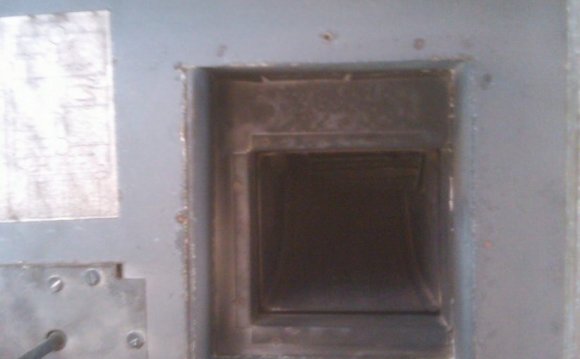
 Leon Kloostra
Leon Kloostra
What Is Sweating?
Sweating presents itself in an air distribution system as moisture that forms on the faces of lay-in diffusers and T-bar grids adjacent to those diffusers, where this moisture collects and drips into the areas below.
Why Is It a Problem?
While sweating may be a simple annoyance, it may also be potentially dangerous. Either way, it is a symptom of a larger problem with the HVAC system, the building construction, or both. Dripping moisture is annoying, but with smooth flooring, it can create areas that are slipping hazards. Over time, the accumulation of moisture will contribute to the rusting of the diffuser and damage to the surrounding ceiling system.
But Why Does Sweating Occur?
The sweating phenomenon happens mostly in Southern states, coast locations, or any other location where high levels of humidity are a common occurrence. However, humidity is usually just a contributing factor in sweating. Sweating is most common in locations where there is significant traffic between the occupied air conditioned space and the outside environment where hot and humid air is allowed to get into the air conditioned room. In those situations, the air conditioning system runs for longer periods of time trying to maintain a comfortable inside temperature, chilling the metal diffuser. Sweating happens when the warm, moist room air contacts the chilled diffuser face while the supply air temperature is below the dew point temperature. Since dew point temperature is the temperature at which water vapor condenses into water, the result is sweating. The problem is that the supply air temperature is lower than it should be for the current conditions of temperature and humidity.
How Do You Address the Issue?
Simple items to check that can contribute to sweating are:
• Is the air conditioning unit cycling? If so, switch to a constant running option.
• Are the returns undersized, restricting return airflow?
• Are the filters dirty?
• Are the coils on the VAV box dirty?
If none of the quick fixes resolves the sweating problem, then there is likely a larger system issue and you will need to look deeper into the system setup or the building itself. Since sweating happens when the difference between the room air and the supply air-chilled diffuser face is below the dew point temperature, you can decrease the difference between the room temperature and the supply air temperature (ΔT). This can be done by adjusting the thermostat to a higher temperature. But, doing this, while still meeting the space’s load requirements, will also require an increase to the cfm into the occupied space.
An easier method of preventing sweating is to install an insulation blanket on the back side of the diffuser. This will insulate the diffuser face from the warmer air in the attic space and prevent the face from collecting moisture, decreasing the ΔT. With the temperature differential minimized, sweating will decrease or be eliminated.
Another way to avoid sweating in a conditioned room is to always make the occupied spaces have a positive pressure with respect to the outside areas.
As mentioned before, sweating is only a symptom of a larger problem in the HVAC system, but since sweating manifests first in diffusers it may be easily perceived as a problem with the diffuser itself. It is important to diagnose and treat the system issues that lead to sweating. In doing so, you will avoid cost due to renovations needed because of rusting and water damage in the ceiling system. Also, after correcting those problems, the HVAC system will run more efficiently.









